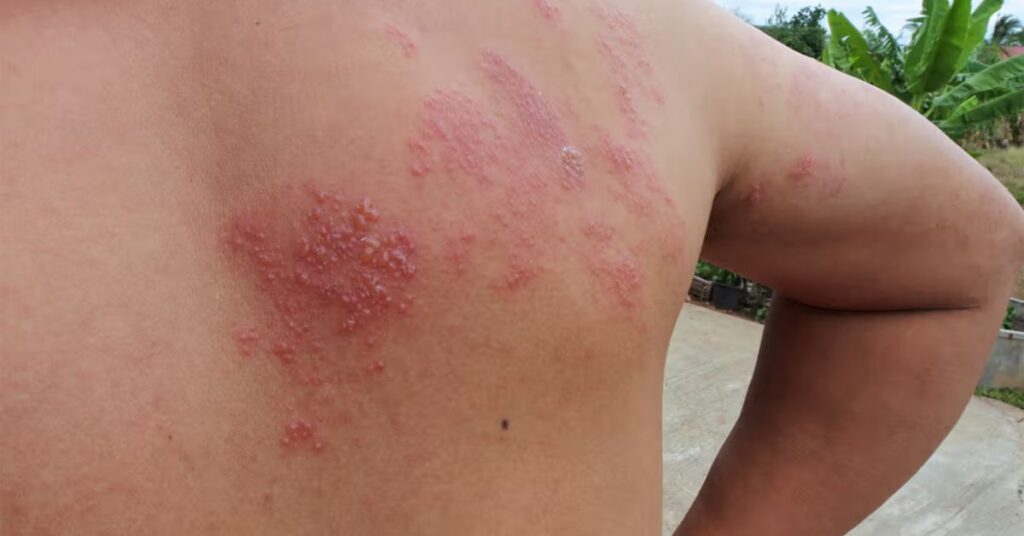Is Pre-Emergent Safe For Dogs?-Complete Guide
As dog proprietors, we’re consistently careful about the security of our fuzzy buddies. That leads us to address whether the synthetic compounds we use to accomplish that ideal grass are ok for our dog.
The overall agreement assumes you utilize pre-emergent items accurately; they won’t hurt your dog.
In this article, we will investigate the safety of pre-emergent herbicides for our dog companions.
What are Pre-emergent Herbicides?
Pre-emergent herbicides are synthetic substances applied to soil or plants to keep weed seeds from sprouting and developing.
They work by shaping a hindrance that restrains weed seed germination or obstructing youthful weed seedling’s development.
These herbicides are ordinarily applied before weeds rise out of the dirt, consequently the expression “pre-emergent.” They can be powerful apparatuses for weed control in different agricultural and scene settings.
Possible Dangers to dog:
There are a few potential dangers when it comes to dogs and pre-emergent herbicides that you should be aware of:
1. Toxicity:
Chemicals in some pre-emergent herbicides can be harmful to dogs if they are ingested or come into contact with their skin or paws. Side effects of harming can incorporate regurgitating, looseness of the bowels, slobbering, laziness, and, in severe cases, seizures or even demise.
2. Incidental Ingestion:
Dogs are curious animals, so if they come into contact with treated areas, they could accidentally ingest pre-emergent herbicides. That can happen if they lick their paws after strolling on treated surfaces or straightforwardly drinking granules or fluid plans left available.
3. Reactions from Allergies:

dog might encounter hypersensitive responses or skin aggravations upon contact with specific pre-emergent herbicides or their deposits. That can appear as tingling, redness, enlarging, or rash on the skin.
4. Optional Harmfulness:
Now and again, dog may, in a roundabout way, ingest pre-emergent herbicides by consuming grass or plants treated with these synthetic compounds. That can prompt optional harmfulness on the off chance that the herbicide is consumed by the plants and ingested by the dog.
5. Natural Industriousness:
A few pre-emergent herbicides can persevere in the climate for expanded periods, representing a gamble to dog even after application. dog might come into contact with buildups on soil, grass, or different surfaces, prompting likely openness.
6. Likely Association with Prescriptions:
Certain pre-emergent herbicides might cooperate with drugs that your dog is taking, prompting antagonistic impacts or decreased viability of the medicine.
Also Read: Can Dogs Eat Dove Meat?-A Good Guide For Your Dog’s Health
Master Experiences and Exploration:
Professionals and pet owners can benefit from expert advice and research on pre-emergent herbicides and their potential dangers to dogs.
Studies led by analytics in the fields of veterinary medication, toxicology, and ecological science shed light on different parts of herbicide’s harmfulness and its consequences for dog Health. Here are a few vital bits of knowledge from master research:
1. Poisonousness Profiles:
Specialists have researched the harmfulness profiles of various pre-emergent herbicides used in farming, arranging, and private settings. These studies assist in determining which chemicals and formulations are most dangerous to dogs and other animals.
2. Openness Courses:

Studies inspect the different courses of openness to pre-emergent dog herbicides, including ingestion, dermal contact, and inward breath. Understanding how dogs come into contact with herbicides creates methodologies to limit transparency and relieve gambles.
3. Clinical Signs:
Master research archives the clinical side effects and well-being impacts seen in dog following openness to pre-emergent herbicides. This data helps veterinarians successfully diagnose and treat instances of herbicide harm.
4. Treatment Conventions:
Veterinary scientists research treatment conventions for overseeing herbicide poisonousness in dog, including sterilization systems, steady consideration, and curing treatment when accessible. These conventions assist with working on the results for impacted creatures.
5. Risk Appraisal:
Researchers lead risk to assess the dangers of pre-emergent herbicides to dog and other non-target organic entities. This data illuminates administrative offices and policymakers in setting rules and limitations for herbicide use to safeguard creatures and natural health.
6. Natural Destiny:
The research investigates pre-emergent herbicide’s natural destiny and constancy in soil, water, and plant tissues. Understanding how these synthetics act in the climate predicts potential openness pathways for dogs and different creatures.
Safe Application Practices:
Notwithstanding the expected dangers, pre-emergent herbicides can be utilized securely in homes with dogs by following accepted procedures:
1. Peruse and Adhere to Guidelines:
Continuously read and stick to the producer’s directions for application. Utilize the suggested dose and apply the herbicide when dogs are inside or in a different region of the yard.
2. Keep dogs Inside During Application:

To limit the gamble of openness, keep dogs inside while applying the herbicide and permit a sufficient drying period before allowing them back onto treated regions.
3. Water-In After Application:
Watering the yard after applying the herbicide assists with enacting it and lessens the gamble of openness to dogs. Guarantee the item has dried before permitting dogs back onto the grass.
4. Safely store chemicals:
Store pre-emergent herbicides and other grass synthetic compounds far away from dogs in a protected area, like a locked bureau or shed.
Also Read: Are Beef Knee Caps Safe For Dogs?-A Complete Guide
Options in contrast to Pre-emergent Herbicides:
For dog proprietors looking for more secure options in contrast to pre-emergent herbicides, a few choices are accessible:
1. Manual Weed Expulsion:
Hand-pulling weeds or utilizing devices like weed pullers and diggers is a work severe yet viable method for controlling weeds without using synthetic substances.
2. Natural Herbicides:
Utilizing ingredients like vinegar, citrus oil, or corn gluten meal to stop the growth of weeds, look for organic or natural herbicides. While these items may r, present a gamble whenever ingested, they are viewed as more secure for dogs than conventional herbicides.
3. Further developing Grass Well-being:
Keeping a sound yard through legitimate cutting, watering, and treatment practices can assist with keeping weeds from grabbing hold. Thick, thick grass contends all the more actually with weeds, lessening the requirement for synthetic intercession.
FAQ’s:
1. Is blockade pre-emergent ok for dogs?
With Blockade’s exclusion from poison planning, treating turf regions that individuals and dogs visit is appropriate.
2. What herbicides are ok for dog?
A safe and effective week-killer is a vinegar solution of one gallon of white vinegar, one cup of sale, and one teaspoon of dishwashing liquid.
3. Can dogs use pendulum pre-emergent safely?
Pendulum Aqua Cap Herbicide 2.5 Gallon is protected if the name directions are followed and it is scorched before letting anybody, including your dogs, back outside.
4. Which is better, pre-emergent or post emanant?
Post-emergent can be applied whenever you notice weeds, but pre-emergent should be used at specific times of the year.
Conclusion:
In the journey for a delightful yard, focusing on the security and prosperity of our dog companions is fundamental. While pre-emergent herbicides can be compelling apparatuses for weed control, they accompany expected dangers to dogs.
Dog owners can maintain a beautiful lawn without jeopardizing their pet’s health by adopting safe application practices and considering alternative weed control strategies. Remember that a happy lawn for both you and your pet is a safe lawn.






